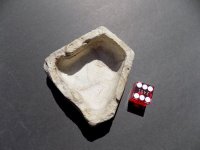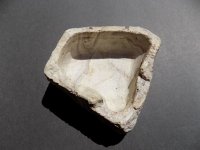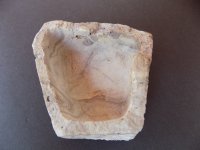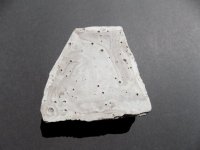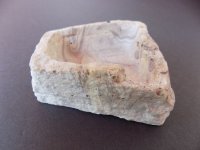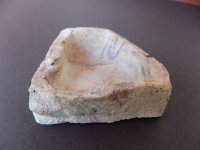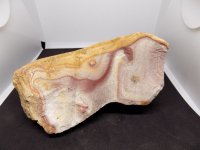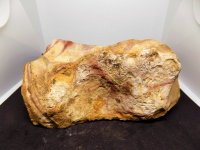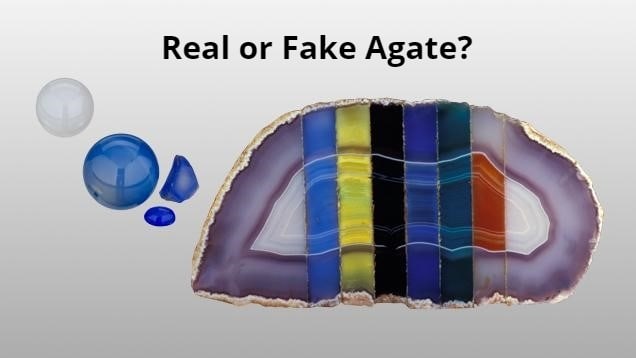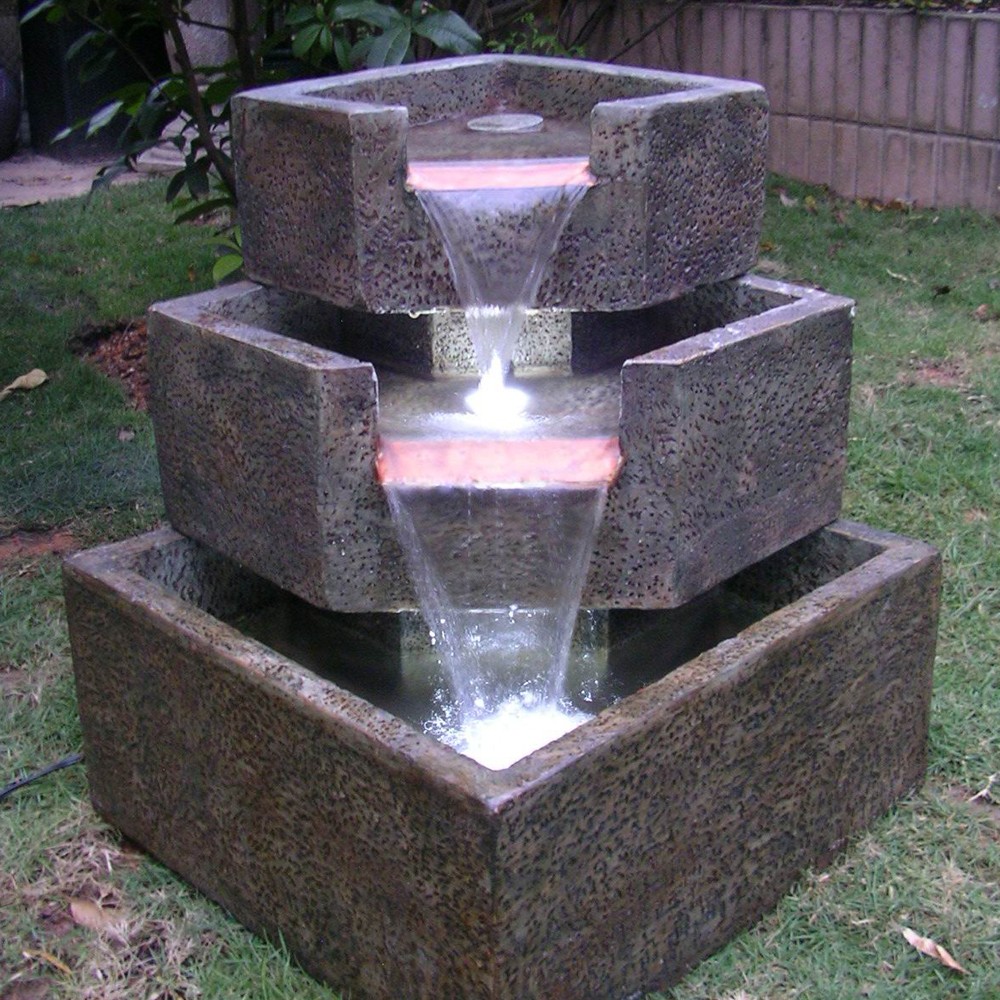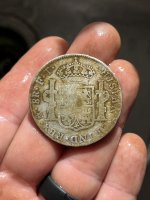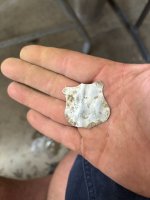Hello from California
Last year near Mount Shasta, I was hiking with my dog near a river and under a tree I saw a very square looking rock mixed with other regular looking rocks that just stood out to me, when I turned it over It looked like some kind of container, but then I noticed a lip where it might be used for drinking.
The rock presumed an agate type does not look prevalant on the ground nearby but I read that type rock is common in areas not far away. The object is very well made flush in all areas.
I assumed it was more modern but I wrapped it up in a bubble wrap ball for the last year anyway.
Has anyone on this forum ever seen anything like this or if it is modern or more ancient.
Thank you
Last year near Mount Shasta, I was hiking with my dog near a river and under a tree I saw a very square looking rock mixed with other regular looking rocks that just stood out to me, when I turned it over It looked like some kind of container, but then I noticed a lip where it might be used for drinking.
The rock presumed an agate type does not look prevalant on the ground nearby but I read that type rock is common in areas not far away. The object is very well made flush in all areas.
I assumed it was more modern but I wrapped it up in a bubble wrap ball for the last year anyway.
Has anyone on this forum ever seen anything like this or if it is modern or more ancient.
Thank you


